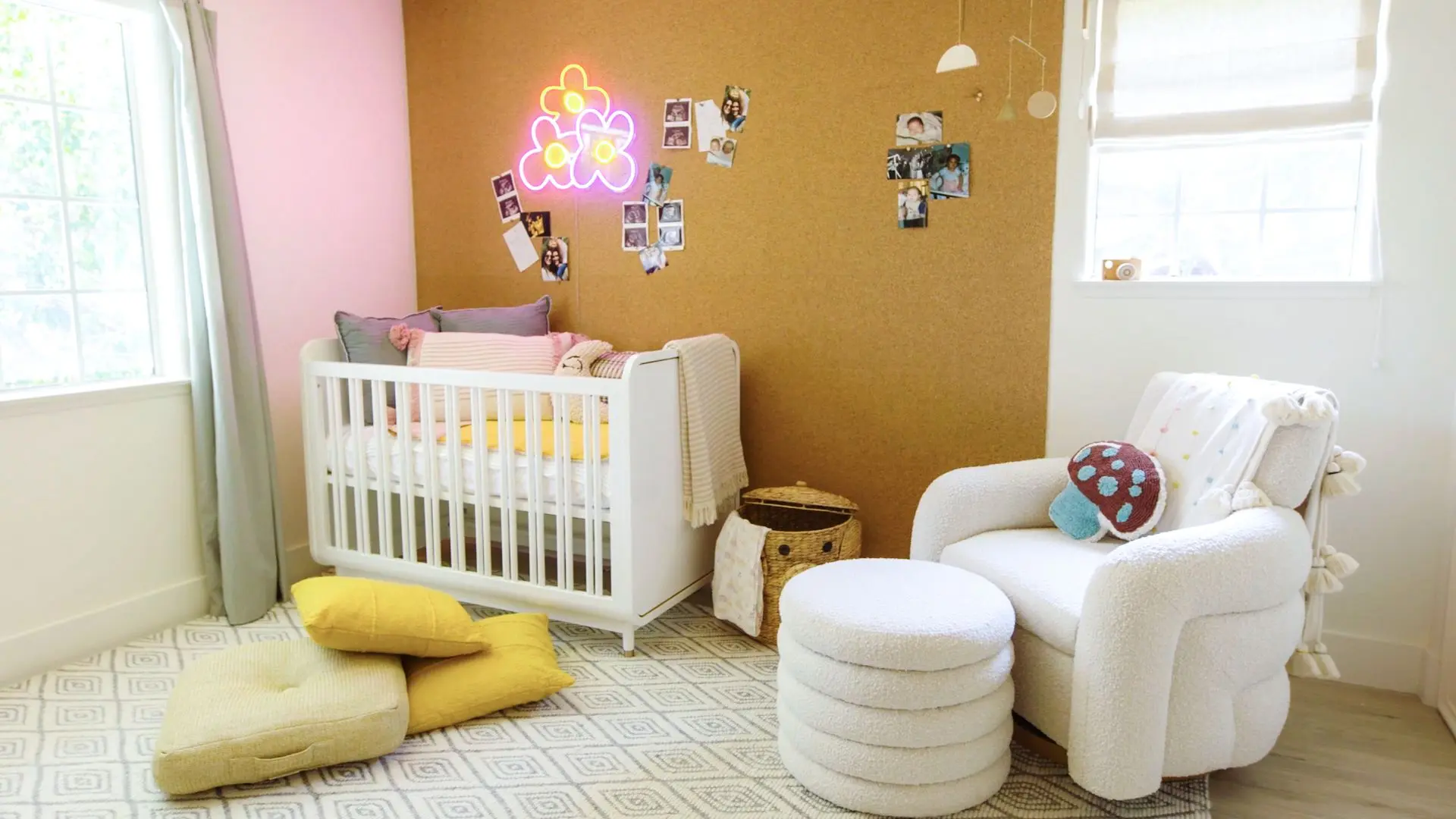The cozier the child’s bedroom, the easier it is for the little one to fall asleep. This means that you, the parents, will also be able to sleep longer and get less tired while putting the child to bed. Sounds good, doesn’t it?
Here are a few simple tips to help turn your child’s sleeping area into a magical nook.
Add a Touch of Mystery and Magic
Use bedding and accessories to make an ordinary child’s bed special. You can achieve this in several ways:
Use bed linens with favorite themes, motifs, or characters.
- Add an interesting canopy or tent. Canopies and tents serve practical purposes: they protect from street lights, prevent insects from disturbing sleep, and more. Additionally, they become part of the play world, create a private personal space, and help children feel safe and secure.
- Choose a tent that can be transformed into a space for home performances, creative play that develops imagination, and as a barrier between the main part of the room and the sleeping area.
- Enhance the sleeping area with bedside organizers with pockets for storing favorite toys, keeping them always within reach.
All these elements add coziness, tranquility, and a special charm to the room. Falling asleep in such a nest is much easier, so adding these elements to the design of a child’s room is a great idea.
Rugs Near the Bed – For Beauty and Safety
As a child grows older, they become more active (and fall more often too). To reduce the risk of injury, place soft rugs near the bed. This element will serve another purpose: it will be a place for fun play. It’s especially useful to have such a rug if you are teaching your child to sleep in a separate bed from which they can easily get up on their own (a low Montessori bed). The rug should be thick and soft enough but with a low pile to make it easy to clean from dust and dirt particles. It is also important that the rug in the child’s room does not have upturned edges, as this would create additional obstacles for the child: they could trip and fall over the raised edges.
Lighting – Creating a Warm Atmosphere
Soft, warm lighting can make the room feel more inviting and help the kid relax before bedtime. Consider using a combination of overhead lights, bedside lamps, and nightlights. Dimmer switches can be particularly useful, allowing you to adjust the brightness according to the time of day. Fairy lights or string lights can add a magical touch, creating a whimsical environment that can make bedtime more appealing.
Incorporating Nature Elements
Bringing elements of nature into the room can create a calming environment. Add potted plants (ensure they’re safe and non-toxic), and nature-themed wall decals. These elements can help create a serene atmosphere conducive to relaxation and sleep.
How to Choose the Best Bedding and Accessories?
Follow a few simple rules when choosing decor for the nursery, and you’ll be thrilled with the results you achieve.
- Prefer breathable natural fabrics.
- You can choose a design that matches the overall theme of the interior. But if you have doubts and don’t want the design to quickly become outdated, opt for classic solid-colored textile accessories.
- Make sure the size of the canopy, tent, or bed linens fits the bed.
- Inspect the product to ensure there are no small parts, holes, or other elements that could pose a potential danger to the child.
- Pay attention to the quality of the seams. Weak seams and protruding threads are unacceptable in children’s textile products. The main requirements for such products are high quality and safety without any compromises.
These rules and recommendations will help you find products that meet safety standards and become a truly useful, not just stylish, addition to the child’s bedroom interior.
So, bedding and accessories in the nursery are your helpers that make the child’s bedroom more comfortable, safer, and more functional. The key is to choose these elements correctly to create a space that promotes the child’s active physical and cognitive development.






